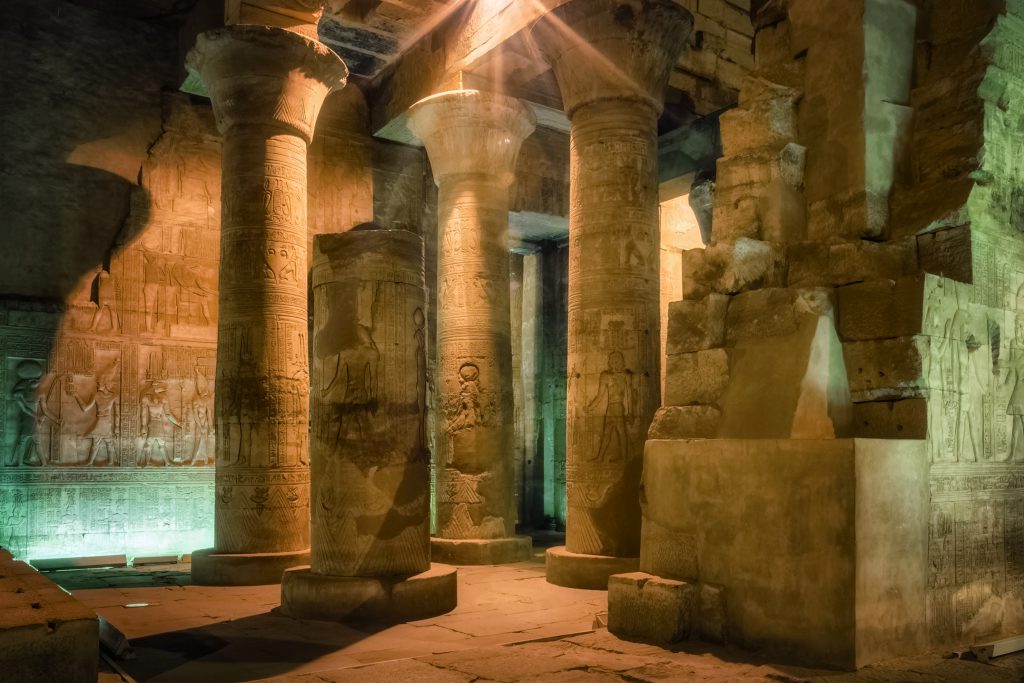Michael Baigent, The Jesus Papers: Exposing the Greatest Cover-Up in History. HarperCollins, New York, 1986.
The “idea of a ‘rigged crucifixion’”, Michael Baigent writes, “has been around for a long time; even the Koran mentions it.” This is definitely still a controversial way to begin a life of Jesus. Over recent decades, however, a surprising number of works, beginning with Hugh Schonfield’s The Passover Plot in 1965, have explored this possibility. The underlying theme is always that Jesus’ followers managed to obtain the cooperation of the Roman authorities so that the crucifixion was “staged” and Jesus actually rescued just after sunset and carried, still alive, to the “tomb” where he was restored by devotees including his mother and Mary Magdalene.
This could, of course, also account for the multiple sightings of Jesus after his supposed death. If true, where he might have gone after that is still anyone’s guess, though Baigent does offer some possibilities. Baigent is not the first to set out this alternative scenario. The greatest accomplishment of his book actually lies in a different, but equally intriguing, direction, the possible relationship between Jesus and the ancient Egyptian mystery schools that were still very much alive in Jesus’ time. Baigent depicts Jesus as having possible ties with the Essene community on the Dead Sea or even being an Essene himself, a speculation others have taken up as well.
Baigent digs deep into the interconnections between the Essenes, the Egyptian mystery schools, the flourishing Jewish community of Alexandria, and the Platonic “Greek philosophy”, later integrated into Gnostic Christianity. He reminds us of the Holy Family’s time among the Egyptian Jewish community during Jesus’ childhood and focuses on the “missing eighteen years” of Jesus’ own life, spanning from his adolescence until his Baptism by John at around the age of thirty. Only the final year of Jesus’ life is recorded in detail in the Scriptures. Where was he and what was he doing during all those previous years? The entire New Testament has, strangely, not a word to say. Was he really a simple “carpenter” or was this, as Baigent believes, a mis-translation. The word usually translated as “carpenter”, Baigent tells us, may instead have denoted a “person of knowledge.”
Baigent suspects Jesus may actually have spent much of those missing years in the nearby Temple schools of Egypt, especially in the now little-known Hebrew Temple that had been created outside Alexandria around 170 BC. The route between the Holy Land and Alexandria was heavily travelled and, according to Baigent, this second Temple was situated right along it where Cairo airport is now. Many have noticed that Jesus’ teachings have a distinctly different “flavor” and emphasis from traditional Jewish views. Where did Jesus’ own beliefs he espoused with such certainty come from if not from out of Judaism itself? Baigent explores the considerable overlap between Jesus’ teachings and what had long been the secret knowledge of the Egyptian mystery schools. Foremost among these was the survival of the soul after death and the purification necessary for the soul to attain immortality in that afterlife.
Some Egyptian mystery schools were also known for their abilities with healing and magic, also known as “miracle-working”, that would also both be central to Jesus’ later public life. One of these sects that focused on the health of the body were the “Theraputae” and their community of Egyptian-Jewish “philosophers” was on Lake Maryut southwest of Alexandria. Because of its location on a hill between the lake and the Mediterranean, it was also known especially for its healthful, restorative climate.
In ancient Egypt, Temple secrets had been passed on only to a select few. When Jesus may have opened these long-locked doors to all, he soon gained an excited following. As Jesus states in the Gospel of Mathew:
“The Pharisees and scribes have taken the keys of Knowledge and hidden them. They themselves have not entered them, nor have they allowed to enter those who wish to.”
Later Mary Magdalene reassures Peter, “I will teach you about what is hidden from you.”
Baigent evokes the other-worldly inter-dimensional travel that can still be experienced in the Greek orthodox monasteries in the Sinai where Christianity began. He is struck by their resemblance to the other-dimensional voyages that were a focus of the ancient mystery schools and are described in their hymns and prayers. We still tend to think of the time of Jesus and the heights of Egyptian spiritual development under the pharaohs as taking place many centuries apart. Only fifty years, however, separated the death of Cleopatra, the last pharaoh, and the life of Jesus.
The sacred schools of Egypt were still running strong during Jesus’ own time. Once this possibility is broached, it isn’t hard to imagine Jesus, as a strongly spiritually-inspired young man, spending at least parts of those missing eighteen years in Egypt, perhaps in the Temple schools there. Upon his return to Judea, many of those uninspired by traditional Judaism may have flocked to him because of the insights that he, unlike others, had gained and was now willing to share.
Next: Desert Father

